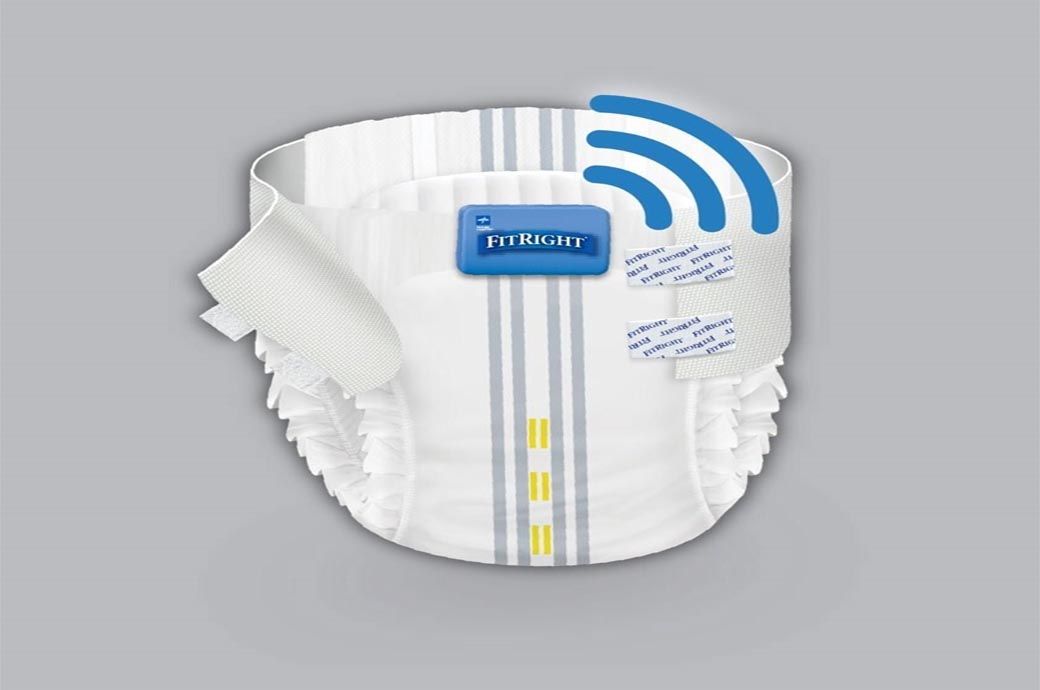
Studies show that the prevalence of incontinence among nursing home residents is as high as 83.7 per cent. Adult briefs are an important part of incontinence management, but are often used incorrectly due to a lack of understanding of regular urinary patterns among residents. Depending on a caregiver's availability, residents may spend hours in a wet brief, increasing the risk of developing dermatitis or incontinence-associated dermatitis (IAD), the company said in a press release.
"We are excited to introduce this new technology to the market that makes a caregiver's day easier while providing dignity and comfort to a resident," said Michelle Christiansen, senior director of clinical solutions for Medline. "Medline is the largest adult incontinence products provider in the US and it was important for us to go beyond providing products and create new technology that will help address the challenges of everyday tasks related to incontinence care."
The Wi-Fi enabled FitRight CONNECT Wetness Sensing System provides real-time data on residents' voiding patterns, including the time each wetness event occurred, the amount of time residents spent in each brief, and the amount of time before a clean brief was applied. This data helps identify the real change rate per resident, potential toileting times, caregiver workflow patterns, and the need for changes in residents' plan of care. Utilising the dashboard data has proven to be instrumental in conversing with family members about the incontinence care provided for their loved ones.
"Our nurse aides have been checking and changing briefs every two hours or taking residents to the toilet so they have become used to following that pattern," said Venus Walker, fall coordinator at Ohio-based Bayley Senior Care.
Bayley began trialing FitRight CONNECT in one unit with 25 long-term care residents with plans to roll it out to additional units to help improve incontinence management protocols. The technology has helped Bayley reduce time residents spend in soiled briefs by 36.9 per cent and the average response time to a brief change was 31 per cent faster in the first few weeks.
"The trial showed that our nurses could rely on the technology to help care for residents and cut down on changing a resident unnecessarily. The greatest benefit is the real time alerts for when a resident needs to be changed, which has helped stop a resident from getting agitated and has helped prevent skin breakdown,” Walker added.
Fibre2Fashion News Desk (RR)

